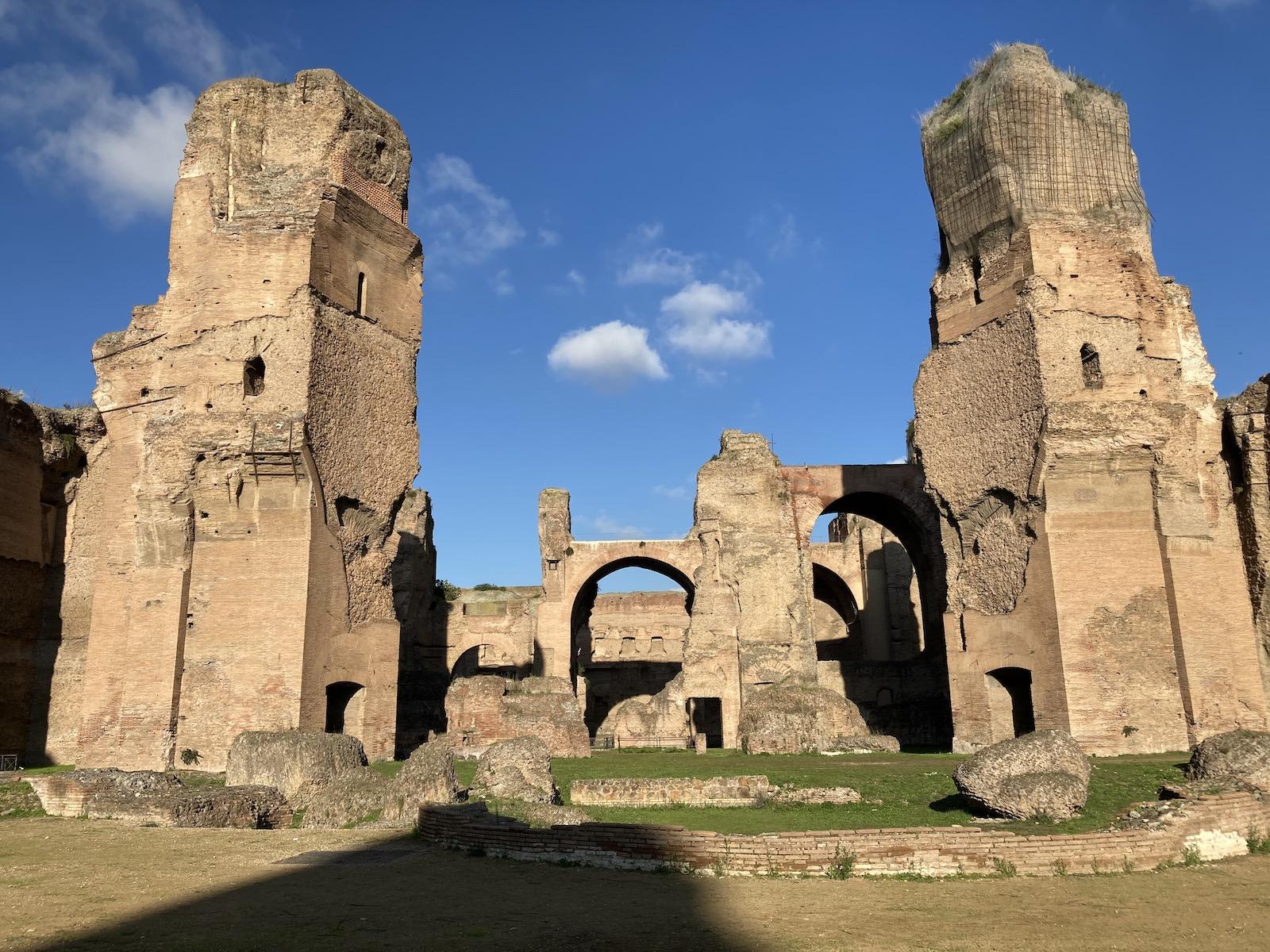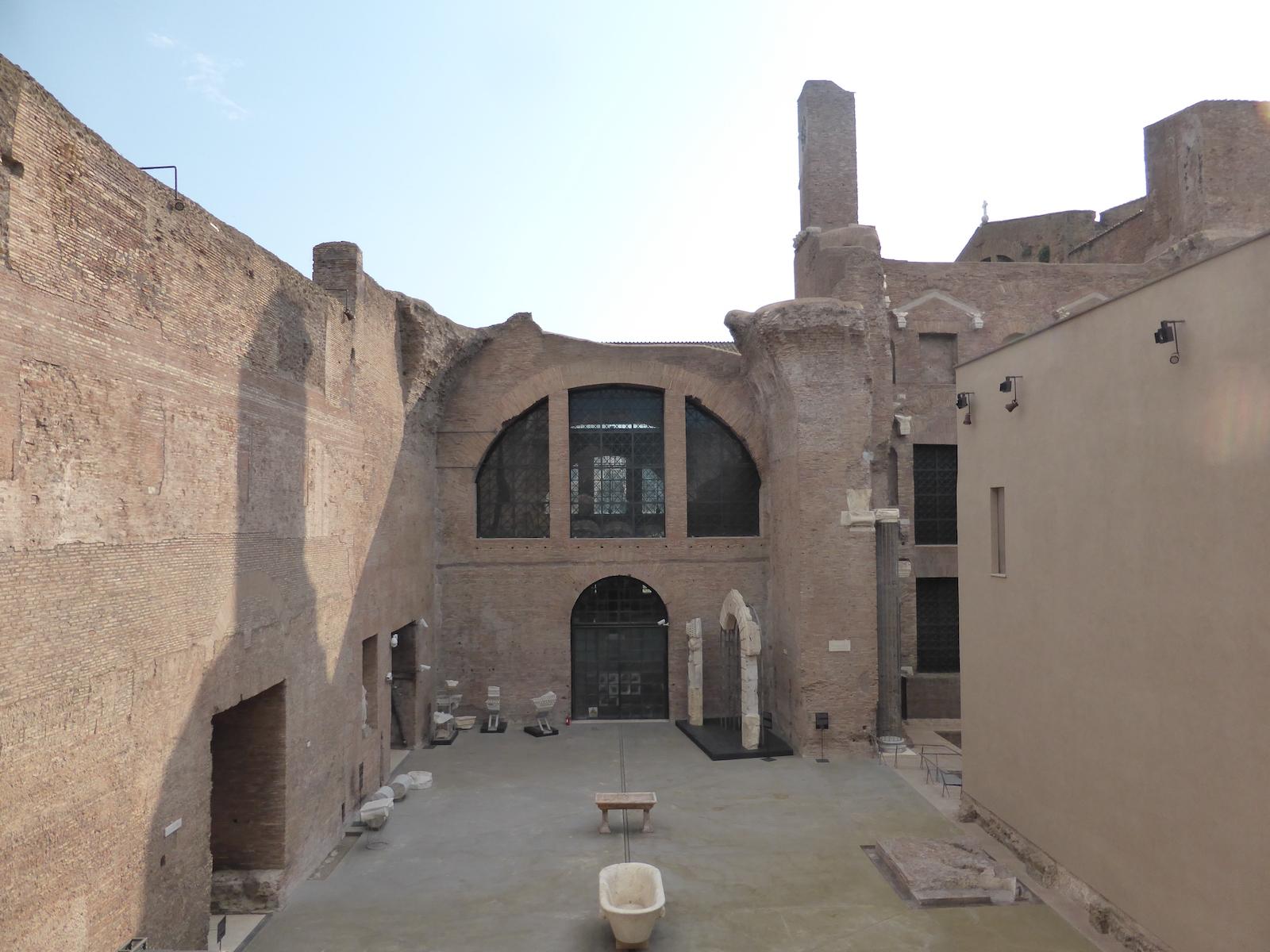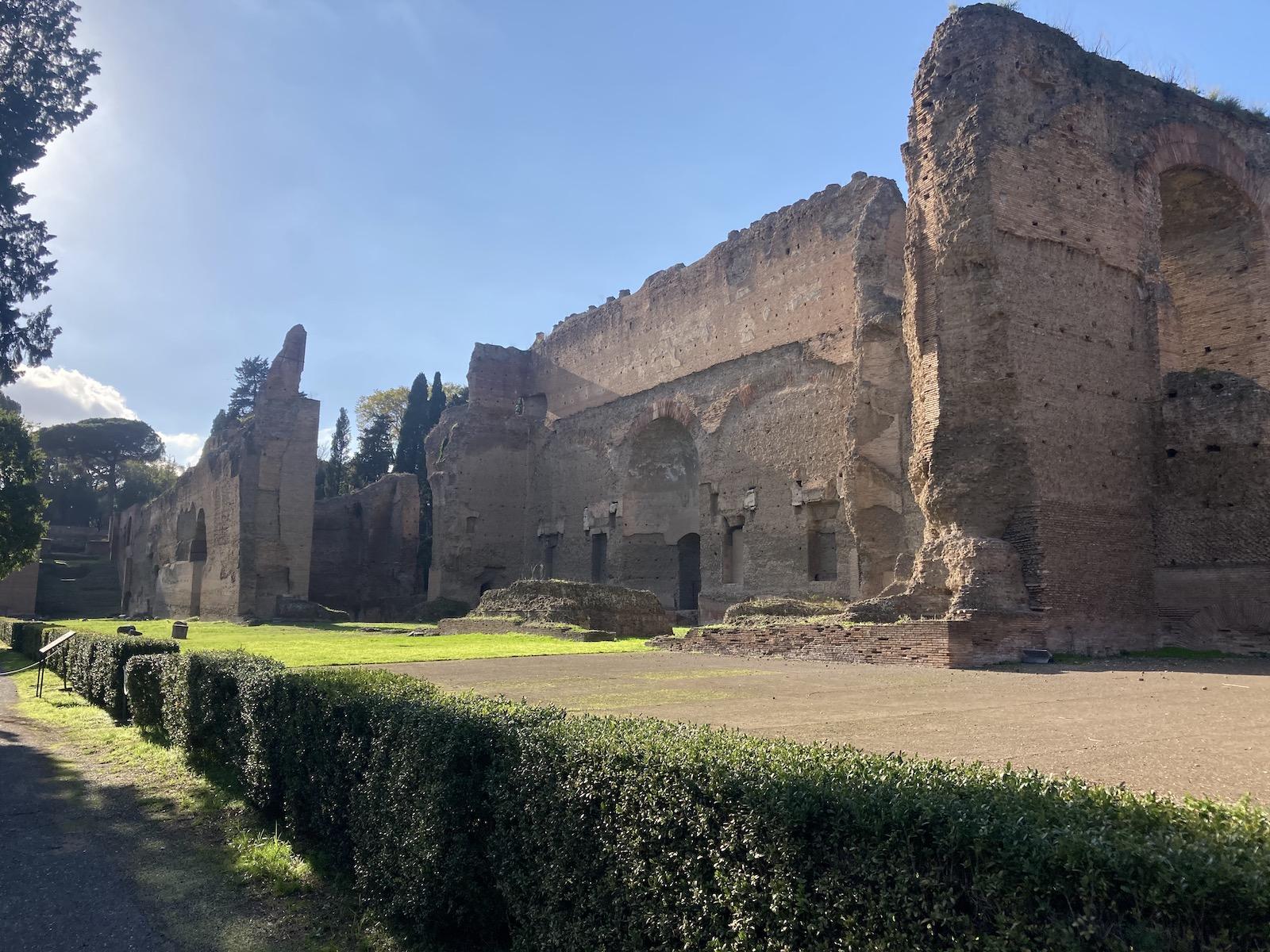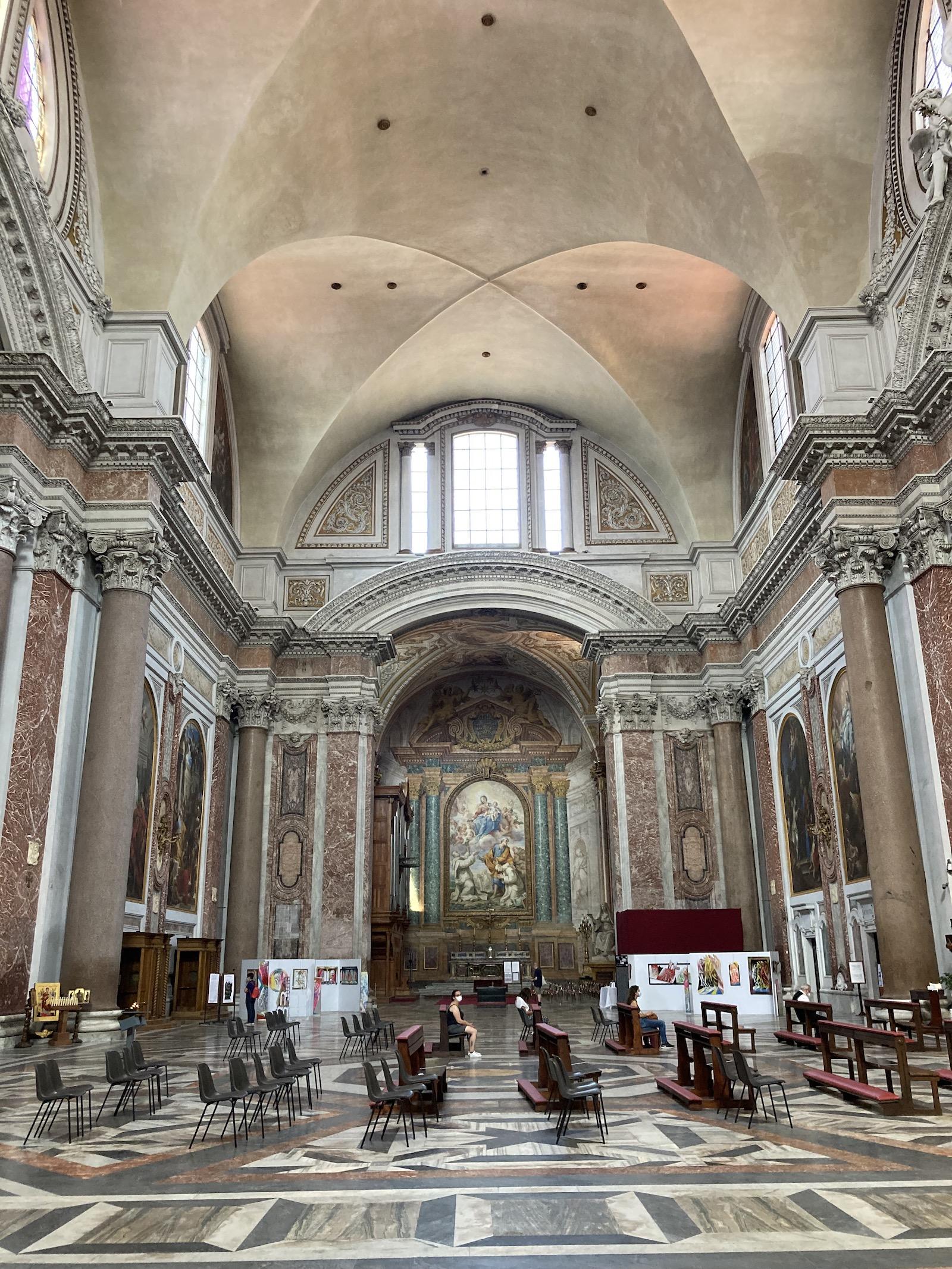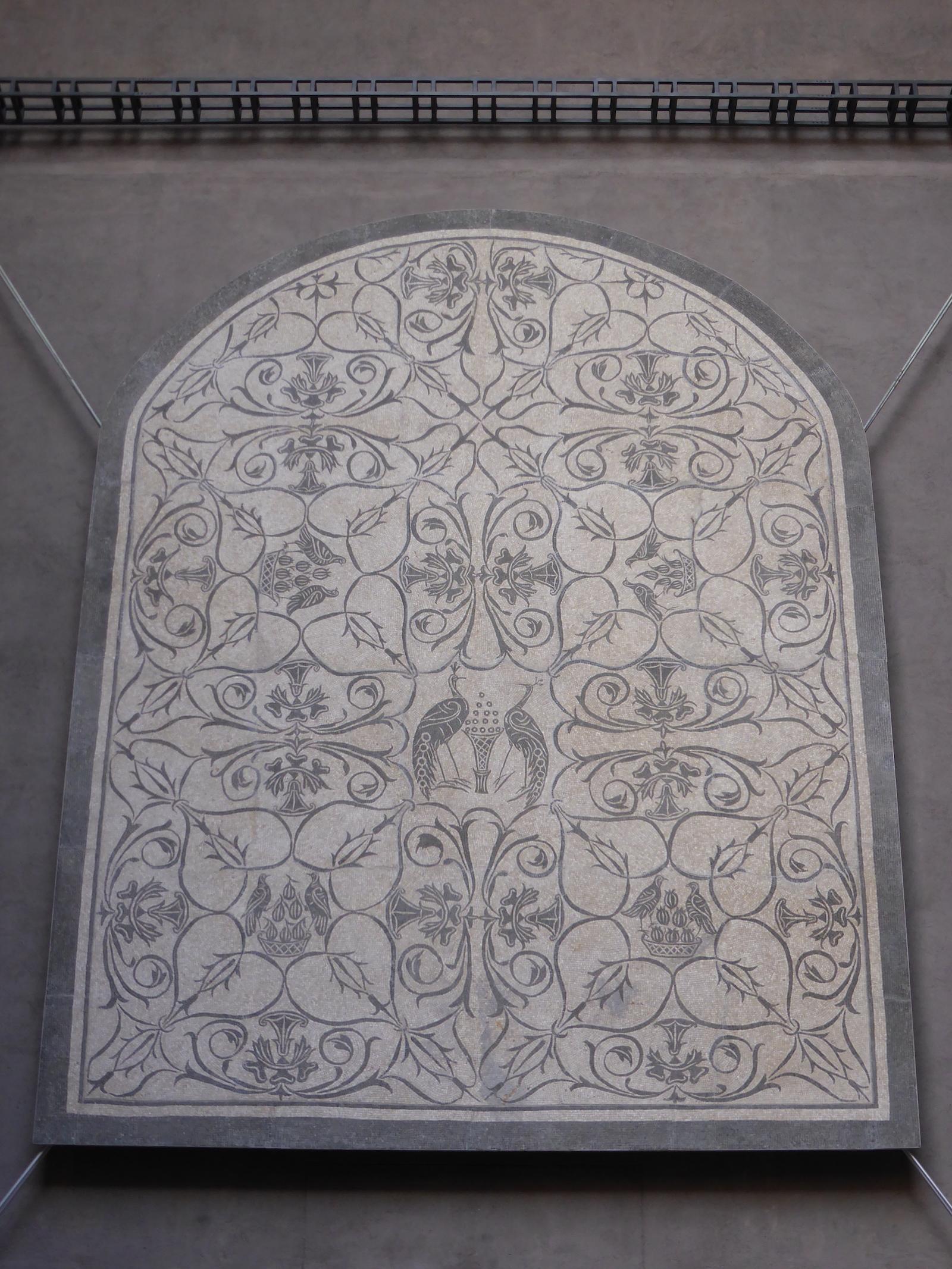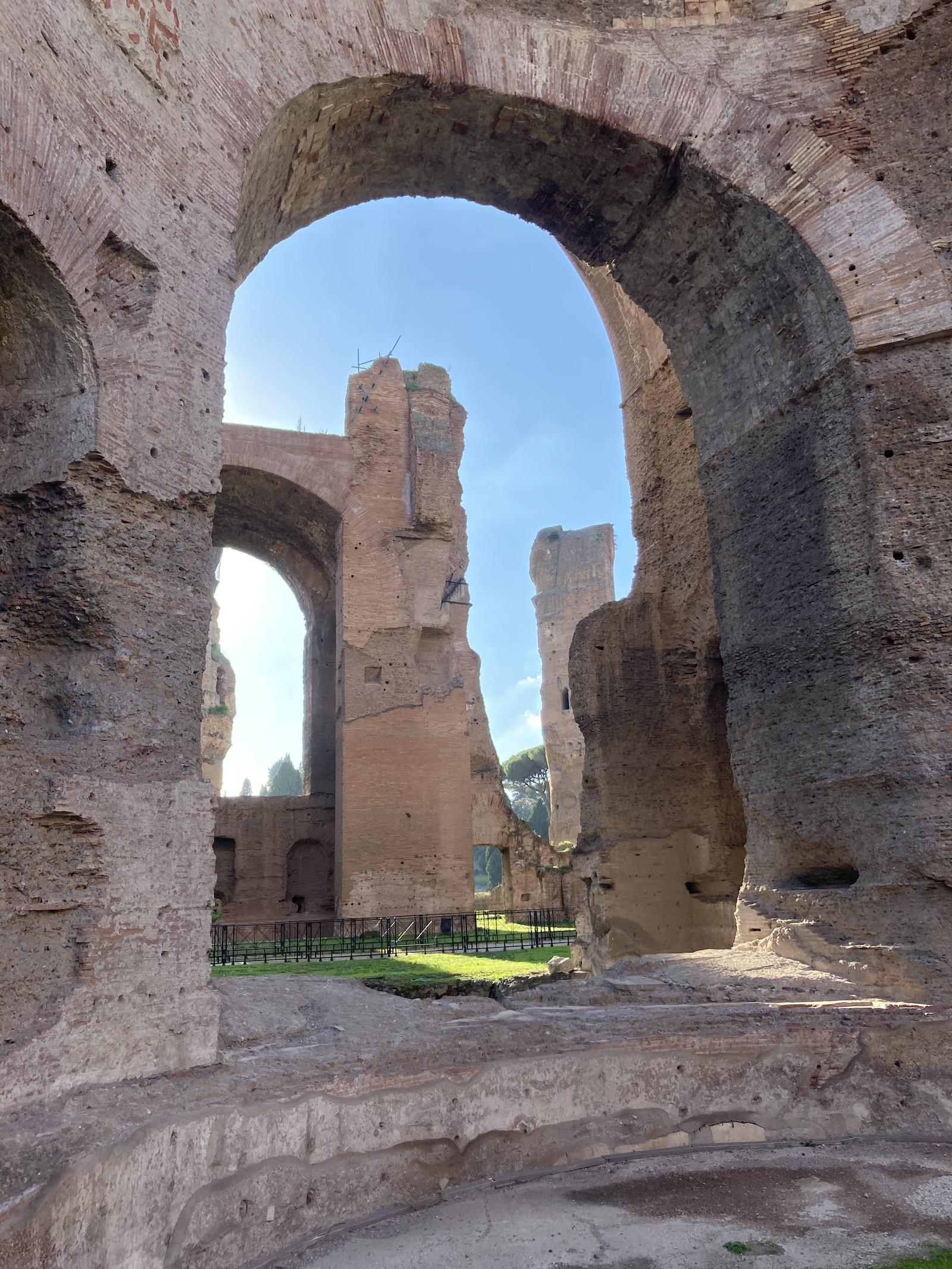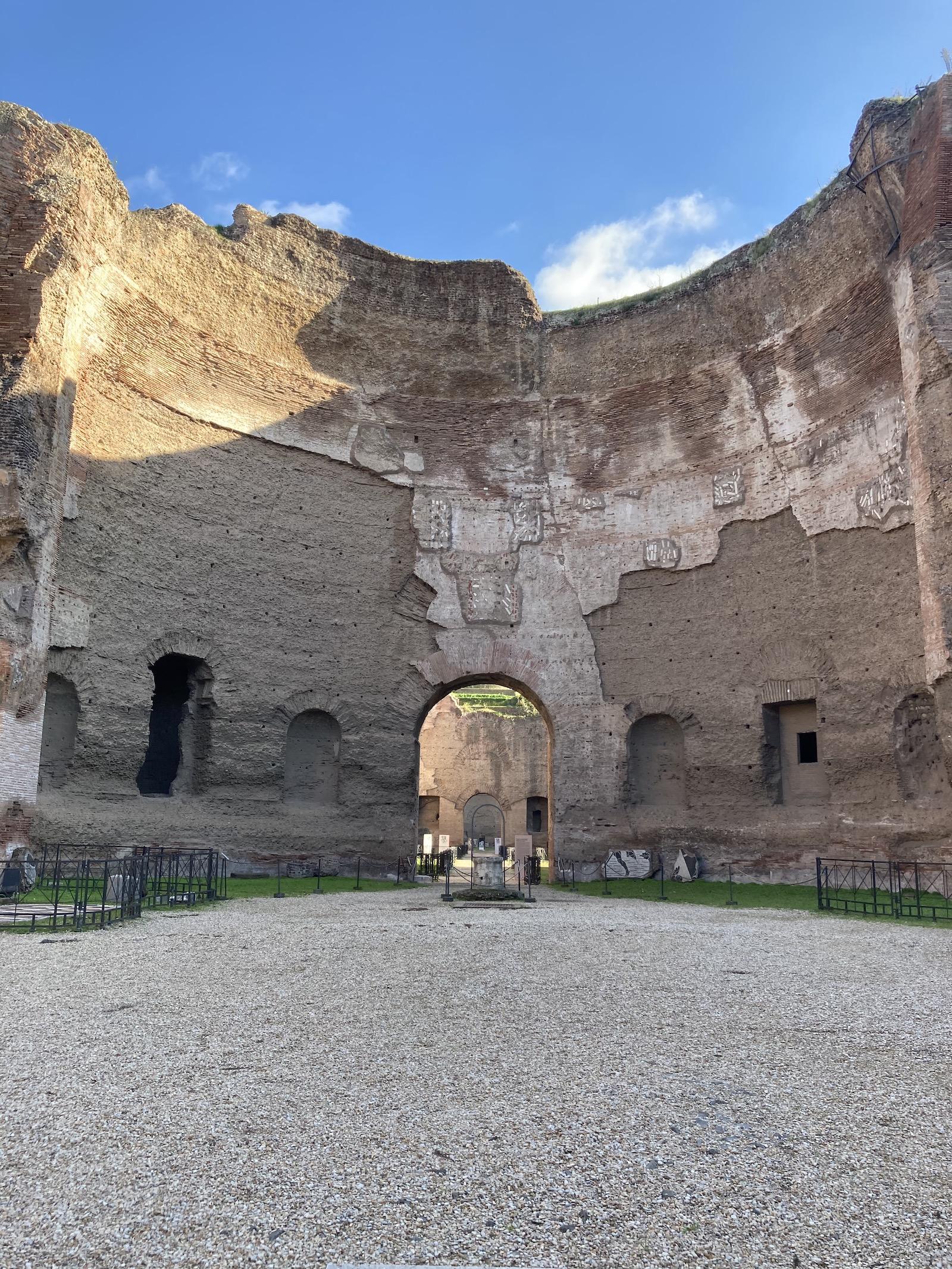Although rural villas and large townhouses had private baths, bathing in the Roman world was a social activity. Even emperors, despite having their own lavish baths, might also visit public ones. Beyond mere relaxation and cleanliness, baths were a place to be seen, to conduct business, and to meet—the Roman poet Martial describes how a certain Menogenes would lurk in the baths, excessively and falsely complimenting people until he met someone who finally invited him to dinner.
The neighborhoods of Roman towns were served by bathing complexes known as balneae. These were either privately run or supported by the local authorities. The number of such establishments in each town varied, as did their size and quality. Pompeii in Southern Italy supported three main baths built between the second century BC and first century AD. While the colony of Timgad in North Africa had only half the population of Pompeii, it boasted eight balneae. The city of Rome reportedly had over 800.
Bathing involved more than wallowing in a pool. Many complexes were designed to allow the visitor to progress through the stages of a cleansing ritual based on medical knowledge of the time. This included people moving through rooms and pools that progressed from cold to warm to hot, and to then finish with outdoor exercise.




